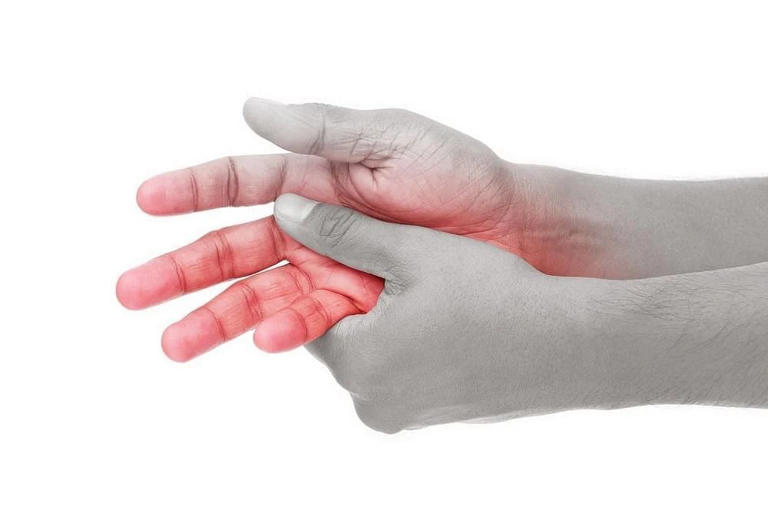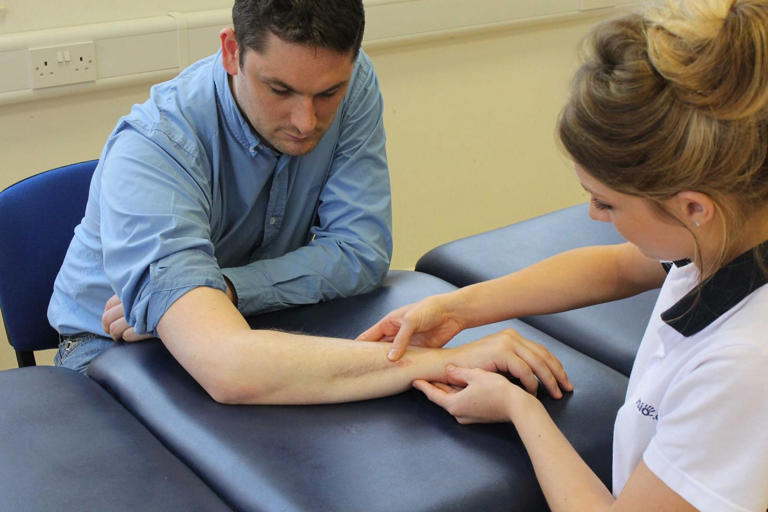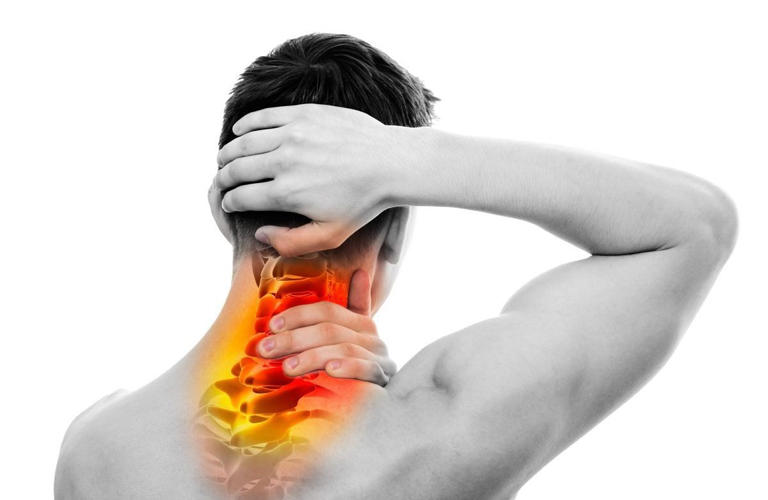Complex regional pain syndrome (CRPS) is known to be a chronic pain condition that affects a limb. It is characterized by intense and continuous pain that is disproportionate to the initial injury or trauma.
CRPS prompts a range of symptoms like sensitivity to touch or cold temperatures, swelling, changes in skin color and temperature, joint stiffness, muscle weakness, and abnormal hair and nail growth. It has the ability to impact a person’s mobility, function, and overall quality of life.
Complex regional pain syndrome has two main types. CRPS Type 1 is known as Reflex Sympathetic Dystrophy Syndrome (RSDS) and occurs without any known nerve injury. CRPS Type 2, known as Causalgia, occurs with a distinct nerve injury.
Also Read– Earth’s inner core may have stopped turning and could go into reverse, study suggests
Causes of complex regional pain syndrome

The exact causes of complex regional pain syndrome are not fully understood, so it needs some more time and research to fully get a grasp on it. However, it often develops following an injury or trauma to a limb. It is believed that CRPS may result from abnormal responses in the immune system, inflammation, or dysfunction in the nervous system.
The condition may also be influenced by genetic and environmental factors and on top of that, the injury or trauma triggers an exaggerated response, leading to ongoing pain and various symptoms.

While the precise mechanisms are not clear, researchers suggest that changes in blood flow, nerve sensitivity, and communication between the brain and affected limb contribute to the development and persistence of CRPS.
What are the symptoms of CRPS?
CRPS presents a range of signs and symptoms that vary from person to person. One should really consider consulting a medical professional if they notice these common symptoms:
- Continuous, burning pain in the affected limb
- Sensitivity to touch or cold temperatures
- Swelling or changes in skin temperature and color
- Joint stiffness and decreased range of motion
- Muscle weakness and atrophy
- Abnormal hair and nail growth
- Changes in sweating patterns
Read More:- Apple in talks to manufacture MacBooks in Thailand – report
Can CRPS be cured?

Diagnosing CRPS is quite challenging due to the absence of specific tests or biomarkers. Healthcare professionals have to rely on a combination of medical history, physical examination, and ruling out other potential causes of the symptoms.
Imaging tests, such as X-rays, bone scans, and magnetic resonance imaging (MRI), might just be the only source of support for the individual as there is no known cure for the condition to date. These can be used for managing pain and alleviating discomfort.
How to manage complex regional pain syndrome

Managing complex regional pain syndrome involves a comprehensive approach that includes various treatment options. Medications like over-the-counter pain relievers and prescription drugs like opioids, anticonvulsants, and antidepressants, help to manage pain based on its severity and type.
Physical therapy and rehabilitation are crucial in improving limb strength and mobility while reducing pain through therapeutic exercises and range-of-motion activities. Sympathetic nerve blocks provide temporary pain relief by disrupting pain signals through an anesthetic injection near affected nerves.
A surgical procedure of spinal cord stimulation involves implanting a device that delivers electrical signals to the spinal cord, offering pain relief for those who haven’t responded to other treatments.
Read More:- 9 Features of the iPhone’s Photos App You May Not Know

Alternative and complementary therapies, including acupuncture, massage therapy, TENS, and biofeedback, are best explored under professional guidance.
Psychological support, such as cognitive-behavioral therapy and counseling, assists individuals in developing coping strategies and enhancing their overall quality of life while living with chronic pain.































